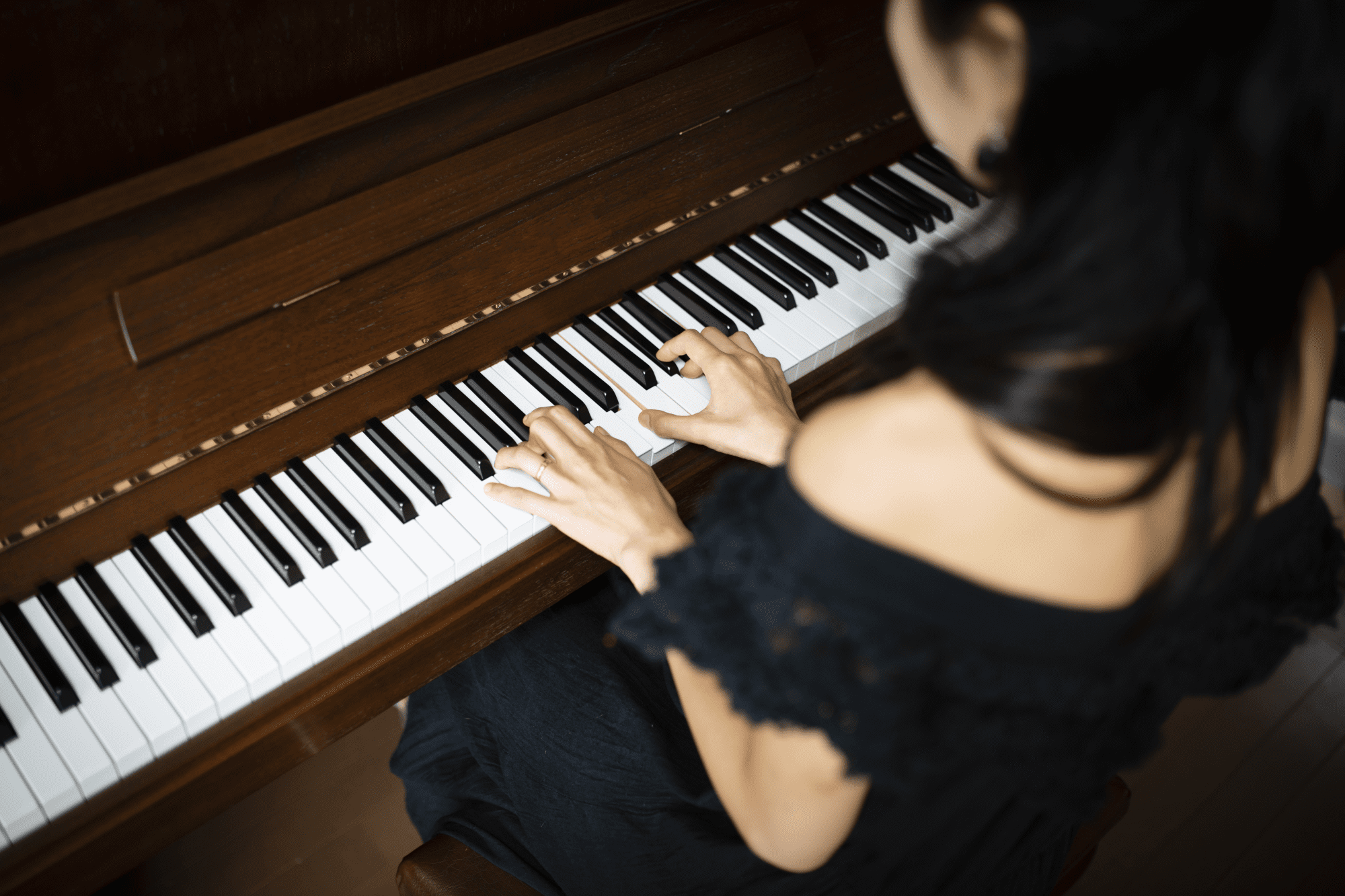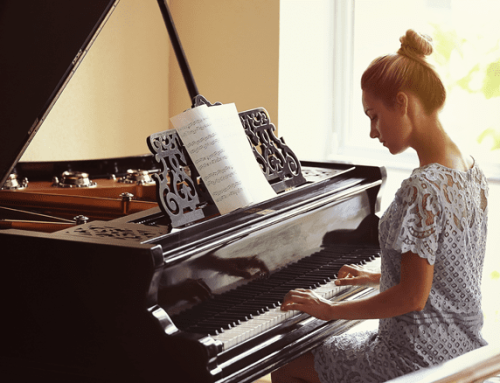If you took piano lessons as a child I am sure you remember your teacher barking at you, “curved fingers!”, “sit up straight”. Nearly every generation of piano students have heard the same things over and over but technique is important. Good technique leads to skilled pianists who can read music and play it equally as well. Here are the top 5 piano mistakes that students make in learning technique.
Piano Mistakes: Technique #1- Flat Fingers
Students have a tendency to flatten their fingers by collapsing them at a joint or extending from the knuckle. Both of these approaches will slow the ability to learn technique and cause tension in the hangs and joints.
Curved fingers are not a recommendation but a necessity in piano playing. Having “flat fingers” means that your student may be putting their fingers in jeopardy. Long term use of the fingers with collapsed knuckles can lead to early onset arthritis. While learning to play, focus specifically on keeping fingers curved over the piano keys. This will allow for the easiest ability to reach and float fingers over the appropriate keys.
Piano Mistakes: Technique #2- Sitting Too Close to the Piano
Sitting too close the piano limits your range of motion and reduces your ability to fully extend your arms. This can contort your wrists, cause discomfort and impeded your ability to play correctly. To correct this sit at the edge of the piano bench and move it backward until your elbows are extended slightly past your shoulders.
Piano Mistakes: Technique #3- Wrists Too Low
If your wrists are too low, then chances are your knuckles are probably collapsing also (meaning you are likely making Mistakes #1 and #2 at the same time!). Having your wrists too low can cause tension in the hands and wrists. This can result in tension, strain or even pain and will certainly reduce the speed and fluidity of playing. Correcting your posture and seating placement on the bench will also help correct your wrists and fingering patterns.
Piano Mistakes: Technique #4- Ignoring Arm Weight
Projecting your gravity of your arms equally over the piano helps you to create a wide variety of sounds and tones while playing. Students who use only the weight of their fingers will not produce the same wholeness of sound. Allow your arm and body weight to channel through your fingers. Proper posture and placement will ensure the right start. Continue increasing your technique by putting the forward motion all the way through your fingers and onto the keys. This will give you the best tonality range.
Piano Mistakes: Technique #5- Inefficient Finger Patterns
Students who do not use consistent finger patterns can confuse their brains, and make the muscle memory that is the basis for piano playing, to become inefficient. Finger patterns establish muscle memory which is the basis for piano learning. Changing finger patterns leave you searching for keys. Establish consistent patterns of striking the piano keys. Define which fingers go where and when. Make these patterns a routine. This will give you the best opportunity to master pieces quickly and efficiently.

We hope you will find these tips useful in helping your piano student by allowing them the best opportunity to play with correct technique. This can protect their bodies from injury in the long run and help them to avoid mistakes. Correcting these will have you playing more efficiently, effectively and enjoyably very soon.







Leave A Comment